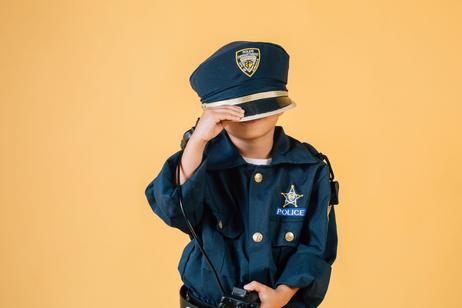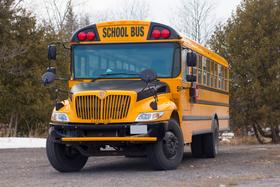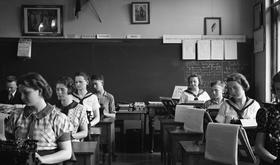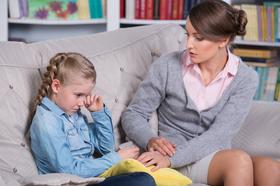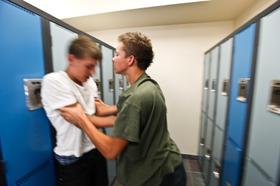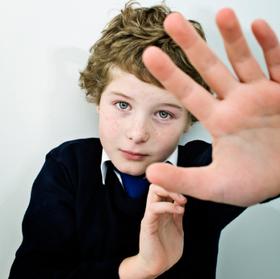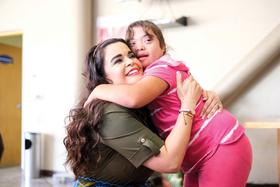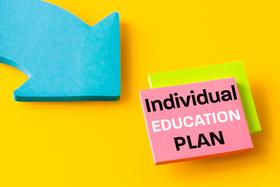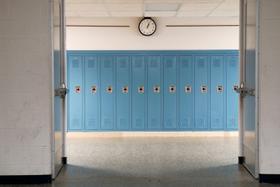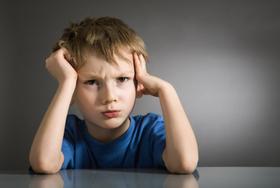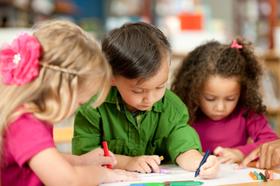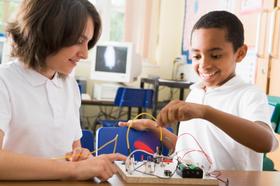Turning 16 in America means reaching the quintessential teen milestone: obtaining your driver’s license! However, what if your grades could prevent you from getting your driver’s license?
Indeed, many public high schools, school districts, and even states across the nation have implemented rules that require students to maintain a specific grade point average in order to legally obtain and carry a driver’s license.
In an effort to encourage better academic performance, public high schools are applying the “carrot and stick” philosophy to their student’s licenses – and the results have been intriguing.
This video reports on how Tennessee dealt with grade restrictions on student driver's licenses.
Driving up Student Success
Linking student grades with driving privileges is a relatively new practice and one of the most recent states to mandate student driving laws is West Virginia. According to The Intelligencer, the West Virginia Legislature recently amended its current teen driving law, granting the state’s Department of Motor Vehicles the permission and authority to revoke any student’s driver’s license due to poor grades or attendance. Although the law does not currently outline a minimum GPA that students must maintain to preserve their driving privileges, the revised law states that students must uphold “adequate academic progress.”
Most high school students pursuing classes full-time will take eight credits each semester, and therefore, many West Virginia school leaders plan to report students with




